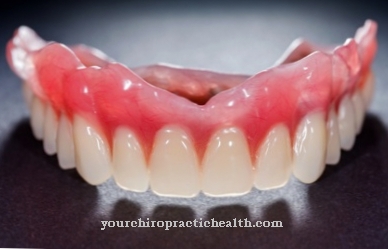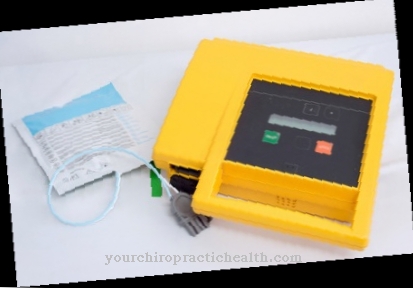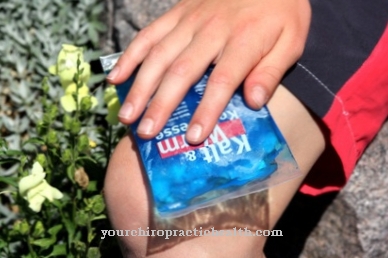Contact lens cleaner is, as the name suggests, used to clean and care for contact lenses.
Since there are many different types of contact lenses, there are now numerous different types of cleaning in which the lens and cleaner are coordinated.
In addition, the cleaner is now available in many different filling sizes.
What is a contact lens cleaner?

Contact lens cleaner is required for cleaning and caring for contact lenses. Since there are many different variations of contact lenses, the selection of different types of cleaners is now quite large.
The right cleaning solution ensures that the contact lenses are thoroughly cleaned of bacteria, dirt and debris before and after each use; and thus prevent inflammation, irritation and diseases of the eyes, among other things.
However, since the contact lens cleaner can lose its effectiveness over time, depending on its composition, most manufacturers recommend using it within six weeks after opening the packaging or replacing it at the latest. Exceptions are maintenance systems in tablet form - but these are also usually used together with cleaning and maintenance solutions.
Shapes, types & types
Since there are no longer only soft and hard lenses, but also daily lenses, monthly lenses, annual lenses and permanent lenses, the selection of cleaning solutions offered is now large. There are special surface cleaners for hard contact lenses, cleaning solutions for soft lenses and, among other things, convenient all-in-one systems, pure storage solutions (such as saline solution) and special enzyme cleaners. Today, all-in-one solutions are preferred for monthly or annual lenses, for example - with annual and permanent lenses having to be regularly enzymatically cleaned.
Manufacturers recommend that this thorough cleaning should be done once a week on average. Because: Ordinary cleaning solutions and all-in-one solutions remove a large part of the deposits and bacteria from the lenses, but not all. If the lenses are only worn for a short period of time and then replaced, this does not pose a health risk. In the case of annual or permanent lenses, however, the lenses must be handled carefully. In addition, stubborn deposits, as they would usually arise after a long period of wear, impair the wearing comfort.
Structure & functionality
When the contact lenses are worn, a wide variety of deposits form on their surface, including through external influences, but also through the body - such as dirt, dust, make-up, tear fluid and bacteria. Therefore, the lenses should be cleaned at least once a day, but also before each new insertion.
Depending on the solution, the lenses must be rinsed briefly or placed in the contact lens case for several hours. During this time, a composition that is tailored to the requirements of the present contact lens acts specifically on possible deposits by dissolving them, removing them and killing bacteria.
In addition, the ingredients of the cleaner also care for the surface and the material of the lens, so that it remains longer and remains comfortable to wear. For this reason, it is essential to use the right cleaning system.
Soft lenses have a different composition than hard lenses. Accordingly, a cleaner that is intended for soft lenses cannot and must not be used for hard lenses. In addition, it is important to consider whether the cleaner is irritating to the eyes or not. The former is especially the case with very thorough and aggressive cleaning agents and disinfection systems. Really strong solutions, such as those that should be used after inflammation and diseases of the eyes, for example, are not freely available in specialist shops. Corresponding cleaning can only be carried out by an optician and takes at least one day.
In the worst case, commercially available solutions irritate the eyes when they come into contact with them. This can be prevented by neutralizing the solution with special tablets after cleaning. Another option is to rinse the lenses thoroughly with a neutralizer or other solution (such as saline) before inserting them. Here, too, it depends on the cleaner: some solutions have to be neutralized, with others it is sufficient to rinse the lens with saline before inserting it.
You can find your medication here
➔ Medicines for visual disturbances and eye complaintsMedical & health benefits
Contact lens cleaners remove deposits and thus prevent bacteria and germs from spreading on the surfaces of the lenses - and thus reaching the eye when they are inserted. Monthly lenses or sometimes also annual lenses should be completely replaced if bacteria have formed or collected on them.
Another benefit of cleaning the lenses is that they are comfortable to wear and have a clear view. Deposits, such as those that arise in the course of wearing, would more and more impair vision and wearing comfort after just a few days. And: Deposits can irritate or even damage the surface of the eye in the long run. This is another reason why regular cleaning or replacement of the lens if it is too dirty or damaged is essential.



























